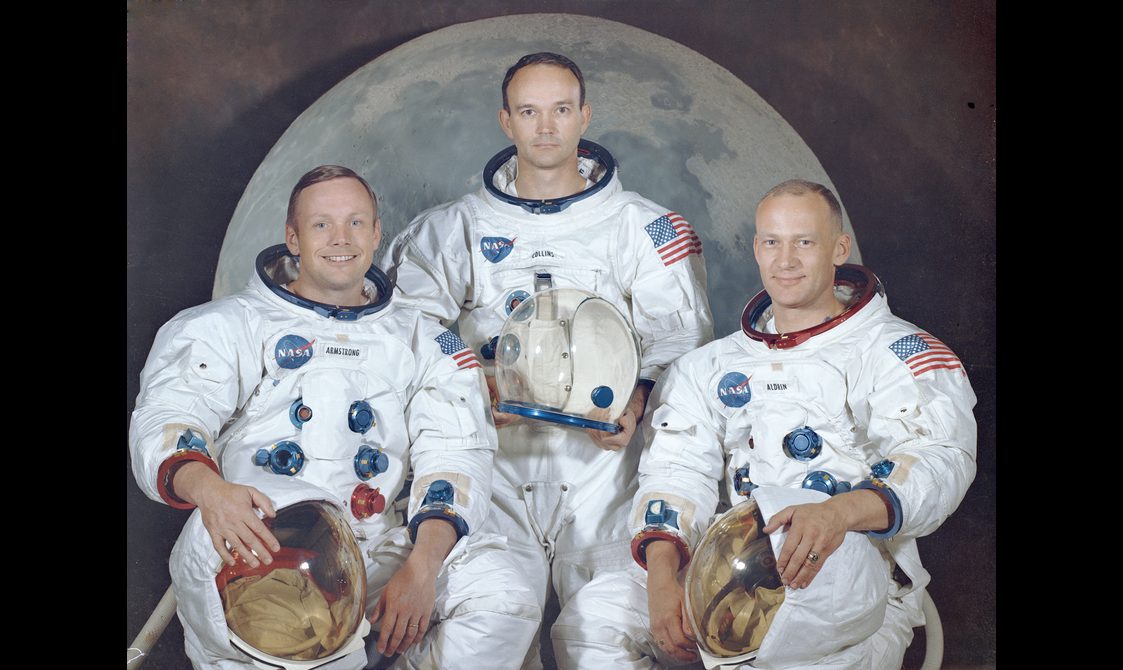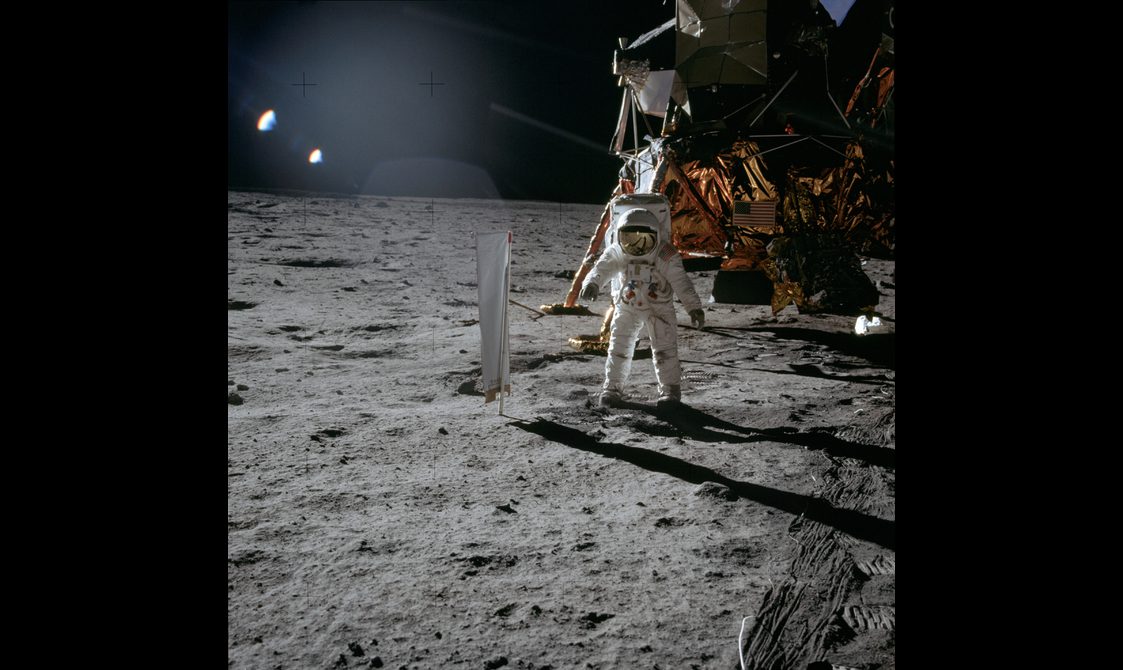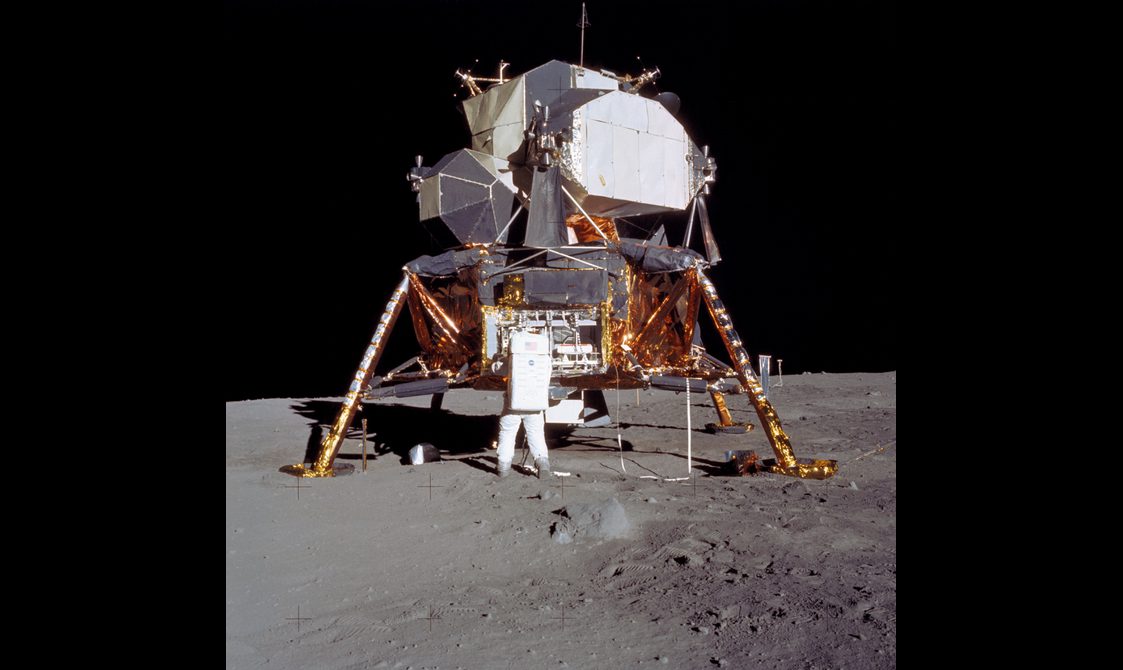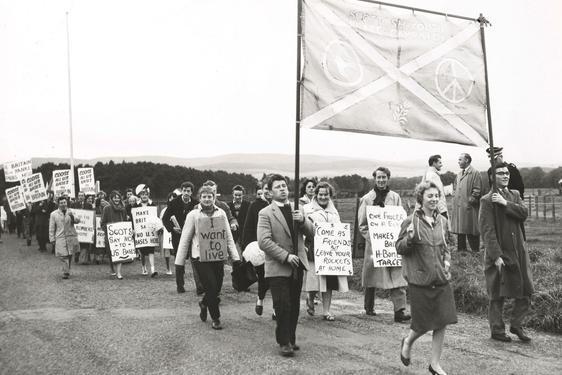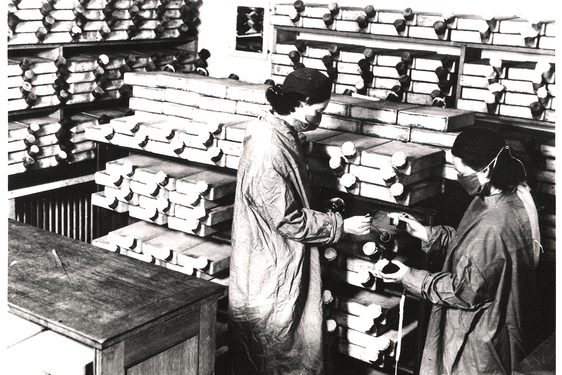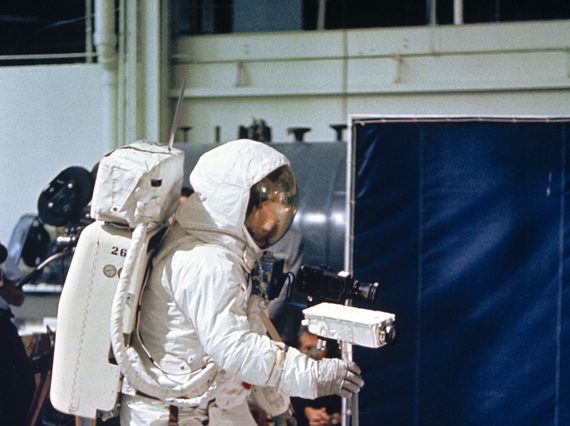
Broadcasting from the Moon: the first lunar camera
News Story
Apollo 11 was the first manned mission to land on the Moon on 20 July 1969. NASA used technology first developed in 1928 by the Scottish innovator John Logie Baird to develop a small, robust television camera that enabled the live broadcast from this mission.
A camera fit for the Moon
Among the many challenges of the Apollo 11 Moon mission, was the development of a colour TV broadcasting system that was light enough to transport. It also needed to be capable of transmitting live images over 200,000 miles [322,000 km] back from the Moon. Electronic colour television cameras of the time were far too complex, big and heavy to be carried in the lunar module.
Engineers reverted to using an earlier mechanical system to produce a small, low power, robust camera. This mechanical system used Scottish innovator John Logie Baird's 'colour field sequential' technology which he first developed in 1928.

Low resolution broadcast
The solution relied on a small disk rotating ten times a second to scan images through red, green, and blue filters. The transmission signal to Earth only carries the three sets of black and white images plus a synchronising pulse.
The three separate broadcast transmissions were recombined at Mission Control, Cape Canaveral. They used a matching set of colour filters to produce one colour image before being converted to an electronic signal which was beamed to televisions around the world.
First steps on the Moon
Neil Armstrong's first steps on the Moon were beamed back from a low resolution black and white television camera. That camera remains on the Moon where Armstrong left it, to allow the astronauts to bring back extra Moon rock.

That's one small step for a man, one giant leap for mankind.
Neil Armstrong
The NASA prototype television camera
This camera labelled ‘Mark V’ is from the collections at National Museums Scotland. It is one of several developed as part of the miniaturisation process for the Apollo missions.
This 'Mark V' is one of the prototypes for the Apollo camera, it has a disc of four inches [101.5 mm] diameter and a weight of 10lb [4.5 kg].
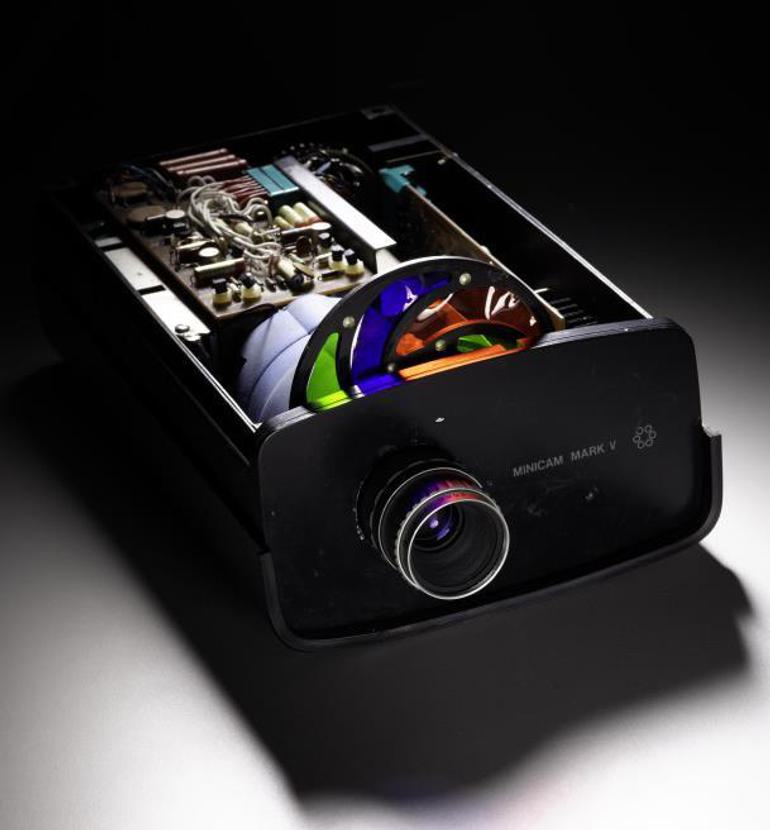
These prototypes formed the basis for the camera that was eventually developed. The television camera used in the Apollo 10 and 11 Command Modules weighed less than 6lb [2.72 kg] with a colour disc diameter of 3½ inches [89mm]. It shows one of the last applications of the field sequential colour television system which built on Baird’s principles for colour broadcast of forty years before. It also shows that sometimes older technologies can provide answers to cutting edge problems.
The Apollo 11 broadcast was in black and white. The first colour TV broadcast from the Moon took place by the later Apollo 12 mission in November 1969.
Image gallery
